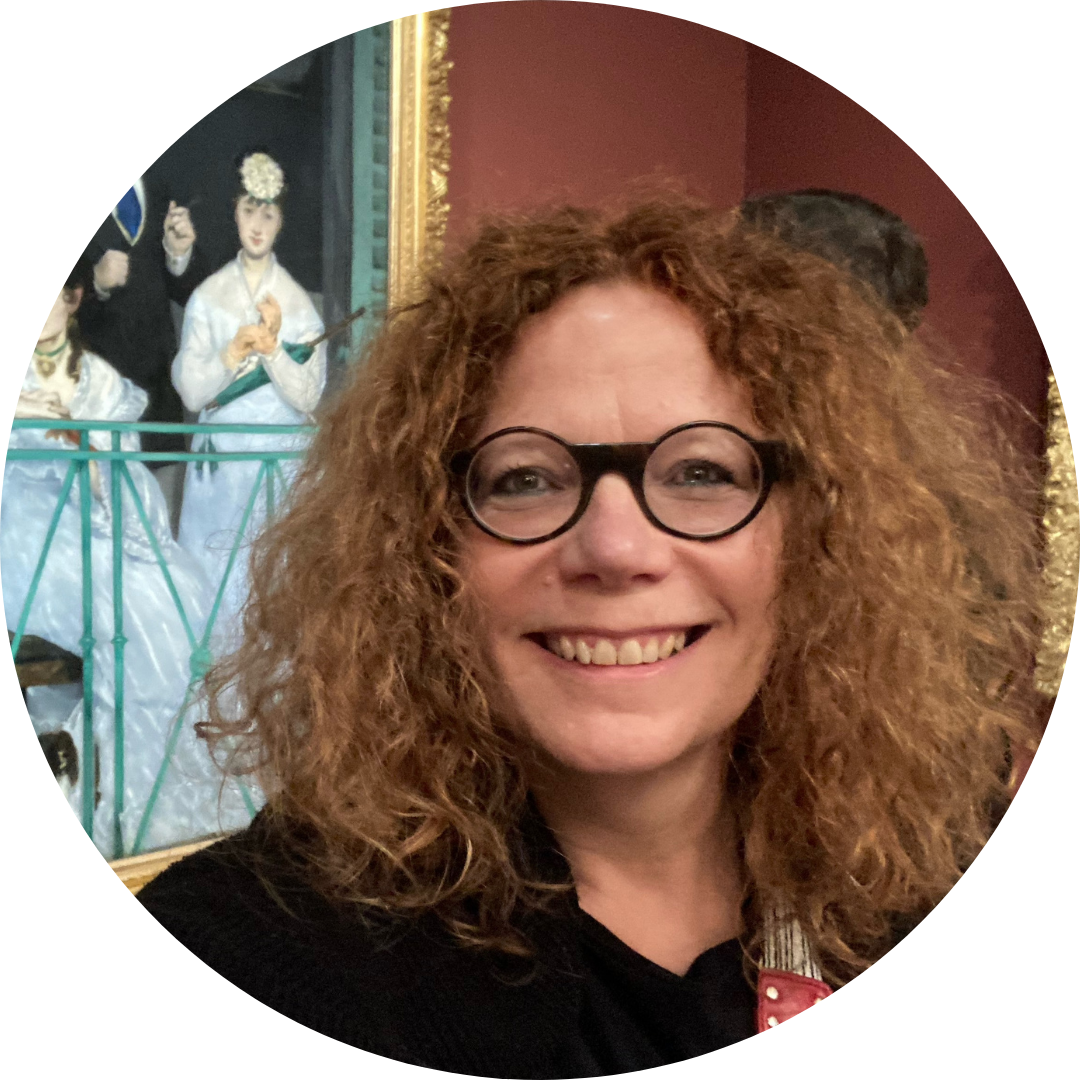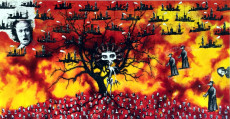
Frans Hals, the bad boy of the Golden Age

About the exhibition “Frans Hals” visible from February 16 to June 9 at the Rijksmuseum in Amsterdam, and from July 12 at the Gemäldegalerie in Berlin.
So obviously, being stuck between Rubens and Rembrandt hardly helps a Dutch painter go down in history, no matter how talented he may be. Especially when his thing is rather to get drunk in the Flemish dens of the 17th century, among the "real people" that he paints, rather than to frequent his rich clientele, to make his trip to Italy like everyone, or to dabble in history, mythological or religious painting… In short, to develop your network, we would say today. A highly sought-after portraitist without ever having gone further than Haarlem and Antwerp himself, “the most sparkling of the portraitists of puritan Holland of the Golden Age,” Jérôme Coignard even writes in the February Connaissance des arts magazine, Frans Hals (Antwerp 1582/1584 - Haarlem 1666) did not, however, lack success during his lifetime. Nor customers. His impressive works of art for sale were so popular with the Dutch bourgeois that the models did not even mind finding their cheeks marbled with unfaded colors and their features reproduced without any concern for propriety!
“You have to get as close as possible to the works, especially those at the end, to savor the extraordinary passion of the brush,” writes Jérôme Coignard. “Sometimes he lovingly butters the color, sometimes he whips it and scars it. » We understand that Manet and Van Gogh were fascinated by Frans Hals. During his lifetime, the portraitist was considered a virtuoso due to the originality of his style and technique, which only painters like Rembrandt, in the Netherlands, and Velázquez, in Spain, could match. The very fluid and loose brushstroke has always been considered the most characteristic feature of Hals' art. He is therefore rightly considered the precursor of Impressionism, having influenced painters such as Gustave Courbet, Édouard Manet, James McNeil Whistler, Claude Monet, Max Liebermann, Vincent van Gogh and John Singer Sargent. . Almost everyone came to Haarlem to admire his portraits and paintings of militiamen.
The fact remains that the artist “stunned by wine” ultimately fell into so much debt to lead his “villainous life”… that he ended up completely ruined, that his work slowly fell into oblivion during the 18th century. century, and that it was not until the second half of the 19th century that it was rediscovered, like that of Vermeer, by the French art critic and journalist Théophile Thoré-Bürger (1807-1869). You should know that until the 1960s, Rembrandt, Vermeer and Frans Hals were spoken of as the “big three” of 17th century Dutch painting! Then, once again, Hals the Accursed gradually attracted less attention from specialists and art lovers. Reason enough for the Rijksmuseum in Amsterdam, the National Gallery of Art in London and the Gemäldegalerie in Berlin to give him back the place he deserves by showing a new generation how innovative his work was.
“The precursor of Impressionism”, “famous and little-known, long eclipsed by Rembrandt and Vermeer” is therefore back with a landmark exhibition, bringing together around fifty masterpieces among the approximately 200 paintings painted by the artist, from prestigious international collections, and benefiting from exceptional loans. Such as The Laughing Horseman (1624, Wallace Collection in London), which is on loan for the first time since 1870. Or the Family Portrait in a Landscape (around 1646, Museo Nacional Thyssen-Bornemisza in Madrid), the Young Woman Presenting fruits and vegetables (1630, private collection)... The Frans Hals Museum in Haarlem even agreed to lend no less than four portraits of regents and militiamen. The Banquet of the Officers of the Corps of Archers of Saint-Georges (1616, Frans Hals Museum), the oldest painting of Hals militiamen, and the most famous, had never left Haarlem before!
Among the exclusives of the Rijksmuseum exhibition are also paintings such as The Regents of the Old People's Home (Frans Hals Museum), Portraits of Lucas de Clercq and Feyntje van Steenkiste (Rijksmuseum) and Young Laughing Boy (Mauritshuis). The Jester on the Lute that I adore is there too of course, having lost none of that mischievous expression that had so seduced me when I stopped in front of this painting one day while I was walking in the Louvre. In any case, it has been more than thirty years since an exhibition of this magnitude was devoted to Frans Hals... and as incredible as it may seem, this is actually the first Hals exhibition presented in the Dutch capital! On this occasion, visitors are also invited to discover Haarlem, the city of the artist's life and death, located 20 minutes by train from Amsterdam.
Whether he was at the height of his glory or at the bottom of the gutter, the freedom and liveliness of his impressionist touch placed Frans Hals forever among the most innovative painters of the 17th century. His portraits of regents, joyful musicians or laughing children demonstrate unparalleled talent and audacity. Take a closer look: they are so full of life that they almost seem to actually breathe! We even have only one desire when faced with the delicious smiling face of little Catharina Hooft in the arms of her nurse, and that is to free her from the cage of her Spanish infanta dress which seems to compress her so much.
The masterpieces in the exhibition vividly demonstrate that Frans Hals set himself the goal of representing a living – and therefore moving – human being in the most convincing way possible. To achieve this, he deliberately and boldly developed his own style, completely original in 17th century Dutch painting. Hals opted for a set of rapid touches which give his portraits an unparalleled liveliness. The exhibition route also highlights the identity of the characters represented and their way of life, making them even more alive. No doubt Malle Babbe must have been a well-known figure on the streets of Haarlem, and the Merry Drinker was probably an English actor touring the Netherlands with his theater troupe. Painting their portrait while having drinks with them delighted Frans Hals. And the journalist from Connaissance des arts concludes with this little anecdote that I am pleased to report to you in turn: “Visiting Haarlem in 1902, Whistler, whose status as a famous artist allowed him to sit on a chair, caressed his fingered the cheek of one of the Regents, and exclaimed: “What a swell!” " (This is amazing !). Who will dare to contradict him? »
 Article written by Valibri in Roulotte
Article written by Valibri in Roulotte
Illustration: Frans Hals, Der Lautenspieler, Detail, um 1623/24, Paris, Musée du Louvre Photo © RMN-Grand Palais (Musée du Louvre) / Franck Raux





































































